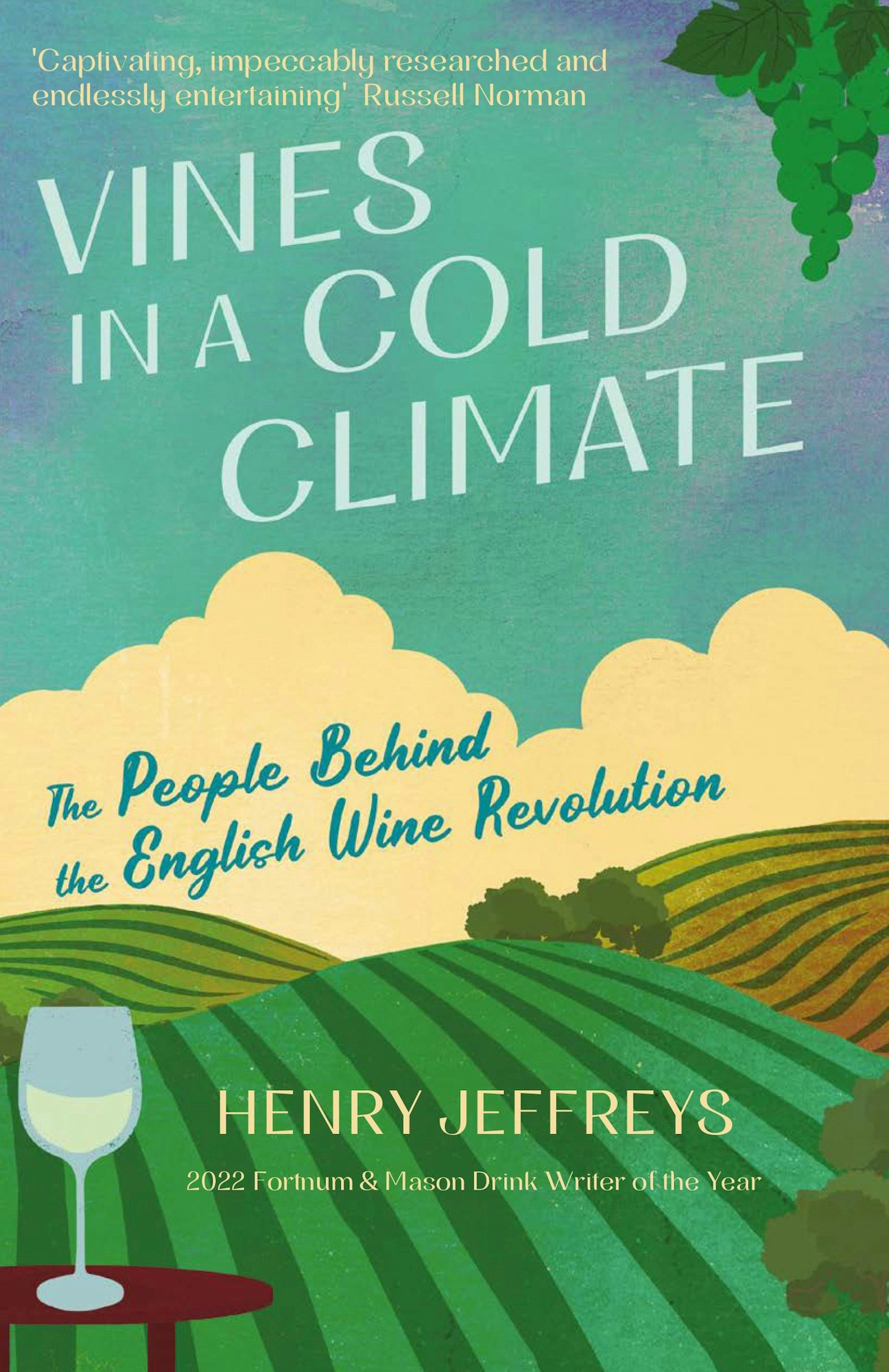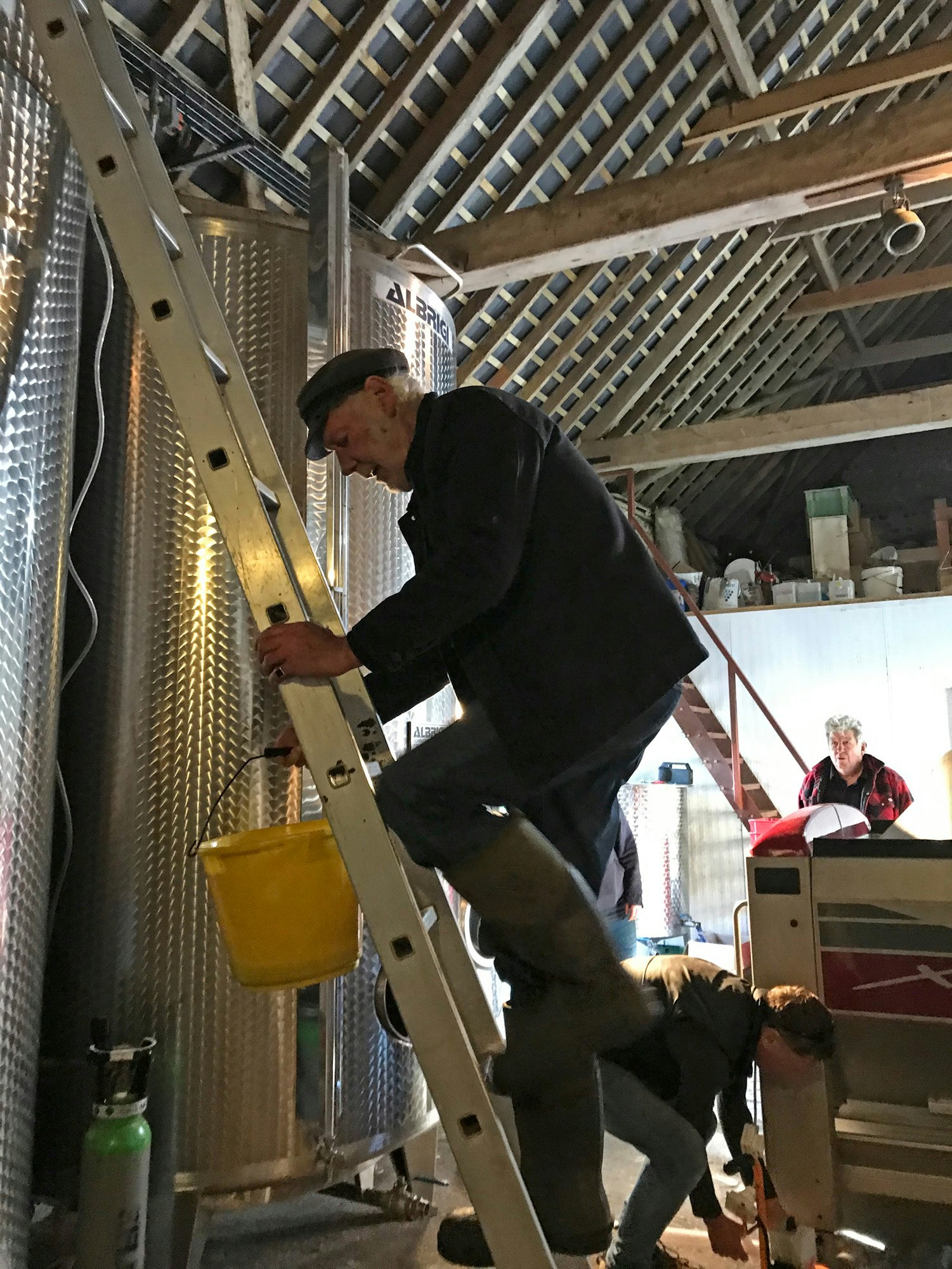The intoxicating fizz of success
English wines add something unique to the world’s spectrum of flavours
This article is taken from the October 2023 issue of The Critic. To get the full magazine why not subscribe? Right now we’re offering five issues for just £10.
A few years ago I went to visit the then-nascent wine estate of Rathfinny, nestled above Cuckmere Haven between the South Downs and the English Channel. I was impressed by the scale and the ambition: vines marched far and wide over the rolling hills and valleys; the winery building was of a grandeur I’d never seen in England. If asked for a word to sum up the essence of the place, though, I wouldn’t have said “wine”, but “money”.
The key value the PR person wished to impress upon us was how much the English sparkling wine made here would be selling for, at some indeterminate date in the future. It seemed that had already been decided, in advance of any wine (other than a rather good, lean, steely still white) actually being produced.
Not at all far from Rathfinny, down an almost impassable track, is the small farmhouse of Breaky Bottom. Peter Hall has been making rather wonderful wine there, both still and sparkling, mainly from the despised seyval blanc grape, since the 1970s. Hall has been through almost as many travails as Job, and his wines have never been particularly expensive, but over time they have gained a reputation for exceptional quality and ageworthiness.
These are the two poles of English wine, whose recent renaissance and leading personalities are entertainingly charted in Henry Jeffreys’s book. Maybe neither is exactly the right model for a young wine industry. For a long time, the cliché was that English wine was the eccentric hobby of a few retired majors in Sussex, Kent and Hampshire (though Peter Hall, who once worked as a shepherd, never fitted that stereotype).

Then there was the injection of serious money from hard-headed business people at places such as Nyetimber, Chapel Down and Ridgeview, a rapid increase in vineyard plantings and a focus on fizzy rather than still wines. Suddenly, English sparkling wine became, in quality terms at least, a serious competitor to champagne. Two major champagne houses, Pommery and Taittinger, even started to plant vineyards in Kent and Hampshire.
This has been quite an achievement, though it is often hard to separate the hype from the reality. The scale of the English (and Welsh) wine industry remains modest. We need to wait until page 275 for Jeffreys to tell us that total production of English wine, in a bumper year, is five per cent that of champagne and just three per cent that of prosecco.
English wine, then, will never be in a position to challenge the really big players in the industry. Quality is a different matter: the best English wines, both sparkling and still, are seriously good. The downside is that they are also, because of uncertain yields, expensive.
Jeffreys writes well and perceptively on the personalities who have brought about this transformation. They range from city spivs through wine merchants and alumni of Britain’s only wine school, Plumpton College, to former music producers and even a former tabloid journalist. Because it’s such a small industry everyone knows, and has often worked for, everyone else. Jeffreys has a knack of eliciting remarkably indiscreet comments.

Most of the focus, and the money, is now on sparkling wine made from the Champagne grape varieties by the traditional method with secondary fermentation in the bottle. This makes sense because one thing English grapes do not lack is acidity, a prerequisite for fine sparkling wine. As the climate warms, the relative coolness of English summers is increasingly desirable — some places in Champagne are already too warm to grow chardonnay.
What does not make sense, in my view, is to muddy the waters by introducing wines made by the Charmat method of tank fermentation, as used for prosecco. Jeffreys seems relaxed about this. He elides the crucial differences between traditional and Charmat methods (one takes years, the other days) by calling champagne “an industrial wine”.
The fact that chardonnay and pinot noir can now ripen in English conditions means not just excellent traditional-method fizz, but also some genuinely exciting still wines. Jeffreys rightly points out that wines such as the pinot noirs from Gusbourne in Kent and Danbury Ridge in Essex, and Chapel Down’s Kit’s Coty chardonnay, are not just “good for England” but good by any standard.
This book made me want to explore these and other English wines. They are fortunately largely free from the Brexity boosterism that makes drinking English wines seem like a patriotic duty. The more compelling reason to drink them is that, at their best, they add something unique to the world’s spectrum of flavours: the taste of English hedgerows and gardens; fresh, subtle, floral.
Enjoying The Critic online? It's even better in print
Try five issues of Britain’s most civilised magazine for £10
Subscribe














